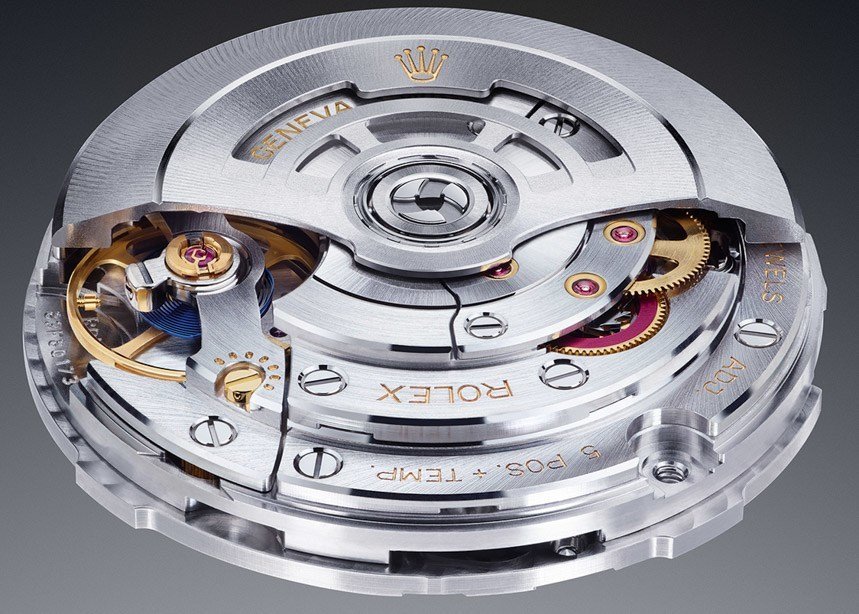Swiss vs. Japanese Movement: Unraveling the Inner Workings of Watch Mechanisms
Introduction:
When it comes to the world of watchmaking, the movement is at the heart of the timepiece’s functionality. Swiss and Japanese movements are two of the most renowned and sought-after types, each with its unique features and advantages. In this article, we will delve into the differences between Swiss and Japanese movements, shedding light on their distinct qualities and helping you make an informed decision when choosing your next timekeeping companion.
Swiss Movement:
Swiss movement, also known as Swiss Made movement, carries a long-standing reputation for exceptional craftsmanship and precision. It is produced in Switzerland, a country renowned for its watchmaking heritage and meticulous standards. Swiss watchmakers adhere to strict regulations set by the Federation of the Swiss Watch Industry FH, ensuring that at least 60% of the timepiece’s manufacturing costs originate from Switzerland.
Swiss movements are predominantly mechanical, featuring intricate gears, springs, and escapements working harmoniously to keep the watch accurate. The craftsmanship and attention to detail in Swiss movements have earned them global recognition, making them a symbol of luxury and sophistication. Additionally, Swiss watchmaking houses often incorporate hand-finishing techniques, adding a touch of artistry to the timepieces.
Japanese Movement:
On the other hand, Japanese movements have carved their niche in the watch industry by offering exceptional value for money. Japanese watchmakers, such as Seiko and Citizen, have mastered the art of combining precision engineering with mass production techniques, resulting in high-quality yet affordable timepieces.
Most Japanese movements are quartz-based, powered by a battery that sends electrical signals through a quartz crystal, ensuring accurate timekeeping. These movements are known for their reliability, practicality, and low maintenance, making them a popular choice for everyday wearers.
Swiss vs. Japanese Movement – A Comparison:
- Craftsmanship: Swiss movements often boast intricate designs and hand-crafted finishes, reflecting the meticulous skills of Swiss watchmakers. On the other hand, Japanese movements focus on efficient production techniques, delivering reliable and precise movements at a more affordable price point.
- Accuracy: Both Swiss and Japanese movements are known for their accuracy. Swiss mechanical movements may have a slight edge in precision due to the craftsmanship involved, but Japanese quartz movements are incredibly dependable, with minimal time deviations.
- Price Range: Swiss movements are often associated with luxury watches, commanding higher price tags due to their craftsmanship and exclusivity. Japanese movements, particularly quartz-based ones, offer excellent value for money, making them accessible to a broader audience.
- Heritage and Prestige: Swiss movements carry a rich heritage and are often perceived as status symbols, especially when they come from renowned Swiss watchmakers. Japanese movements may not boast the same level of prestige but have earned respect for their reliability and technological advancements.
Conclusion:
In the world of horology, the choice between Swiss and Japanese movements ultimately depends on your preferences and budget. Swiss movements are synonymous with luxury, craftsmanship, and heritage, while Japanese movements shine in their practicality, reliability, and affordability.
To explore a wide selection of watches featuring Swiss vs. Japanese Movement, you can visit WatchesSy.com. They offer a diverse range of timepieces, catering to different tastes and requirements. Whether you prefer the artistry of Swiss watchmaking or the efficiency of Japanese engineering, WatchesSy.com has the perfect watch for you.
Remember, choosing a watch is a personal journey that should reflect your style, interests, and appreciation for the intricate mechanisms that grace your wrist.









